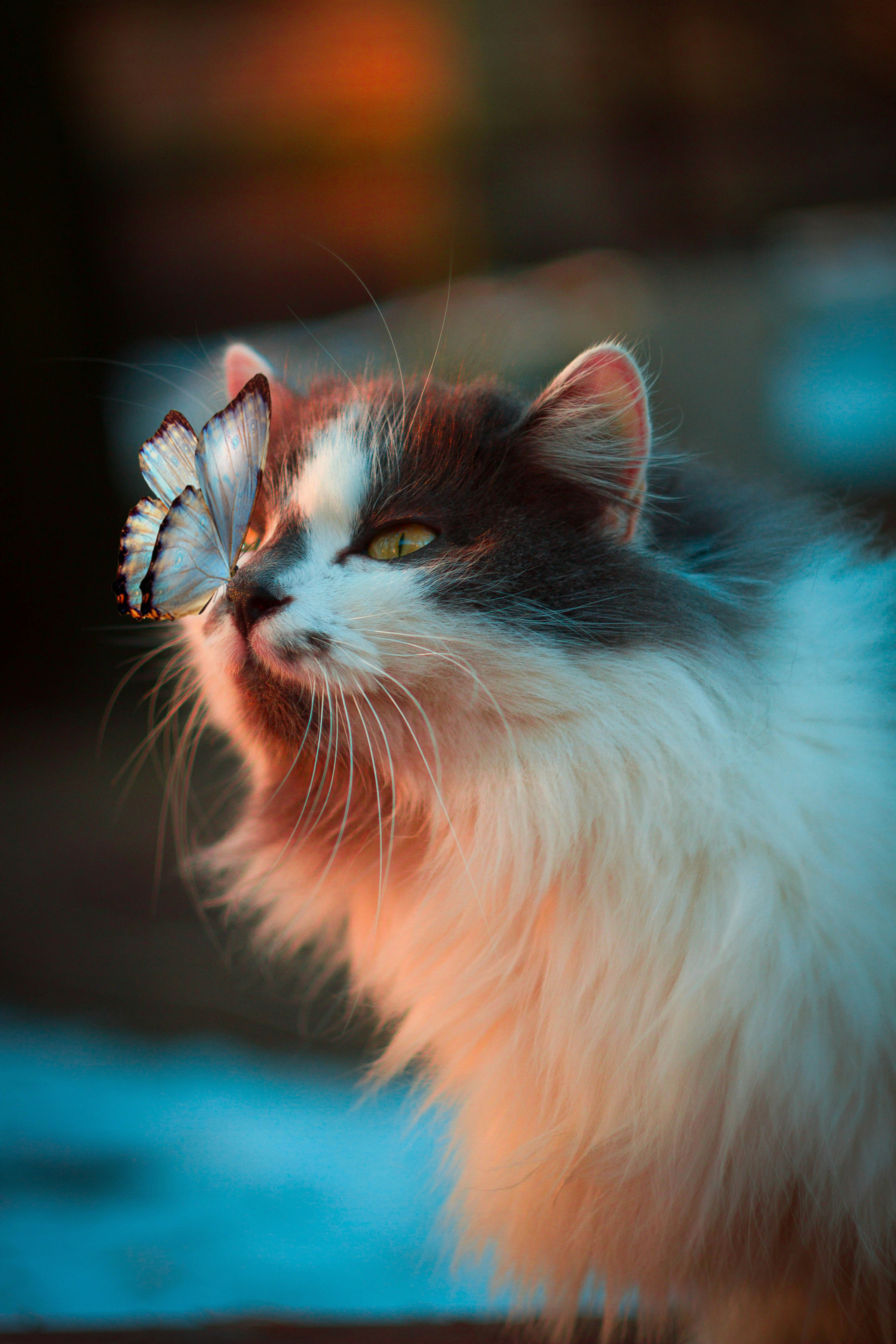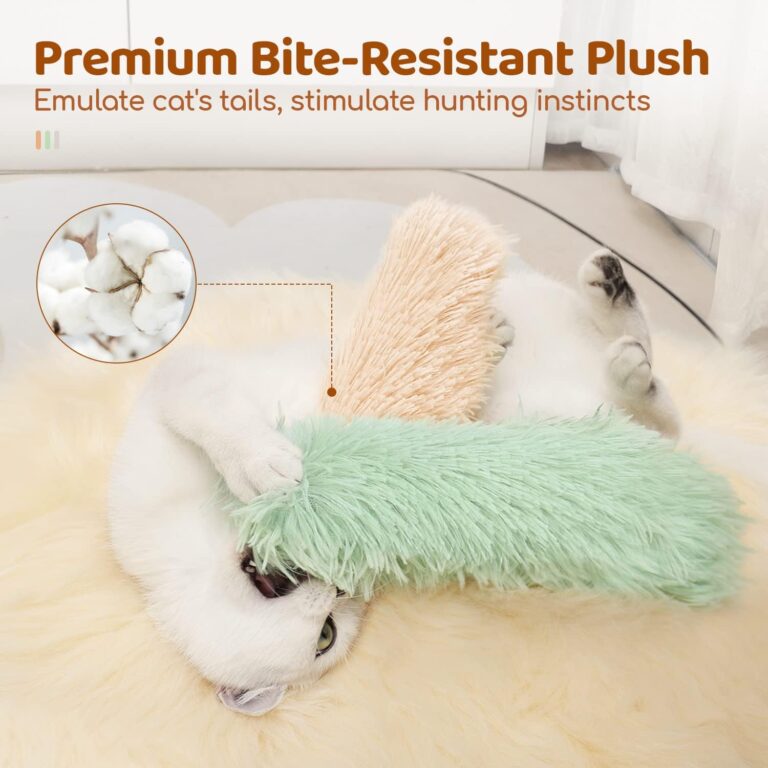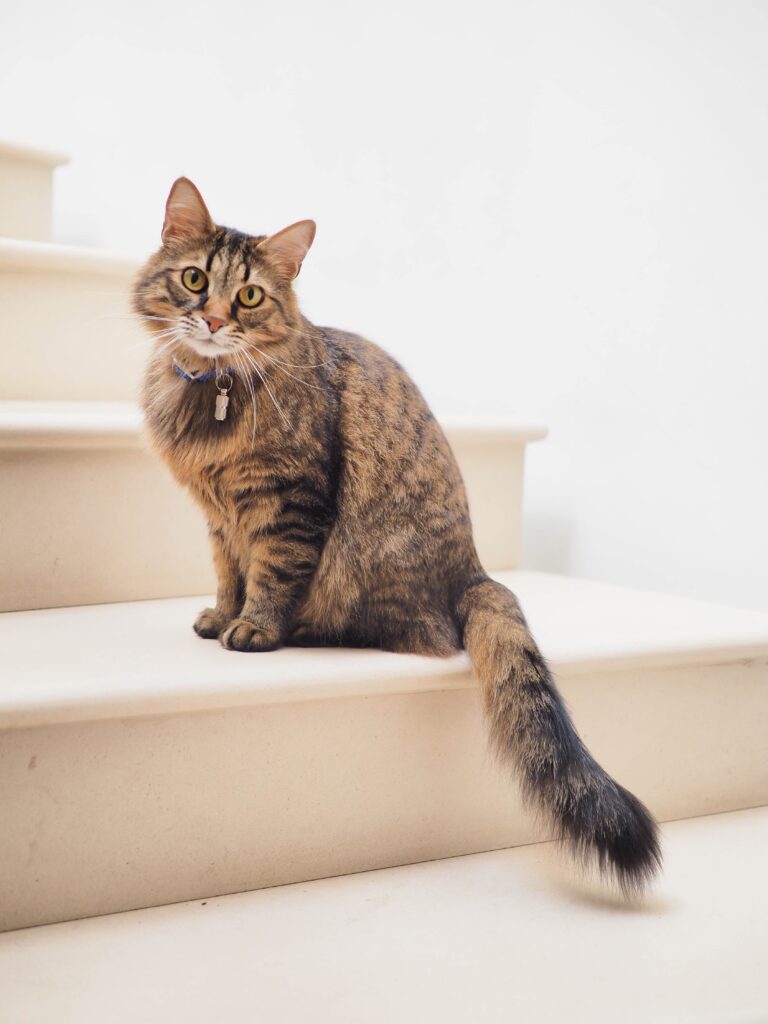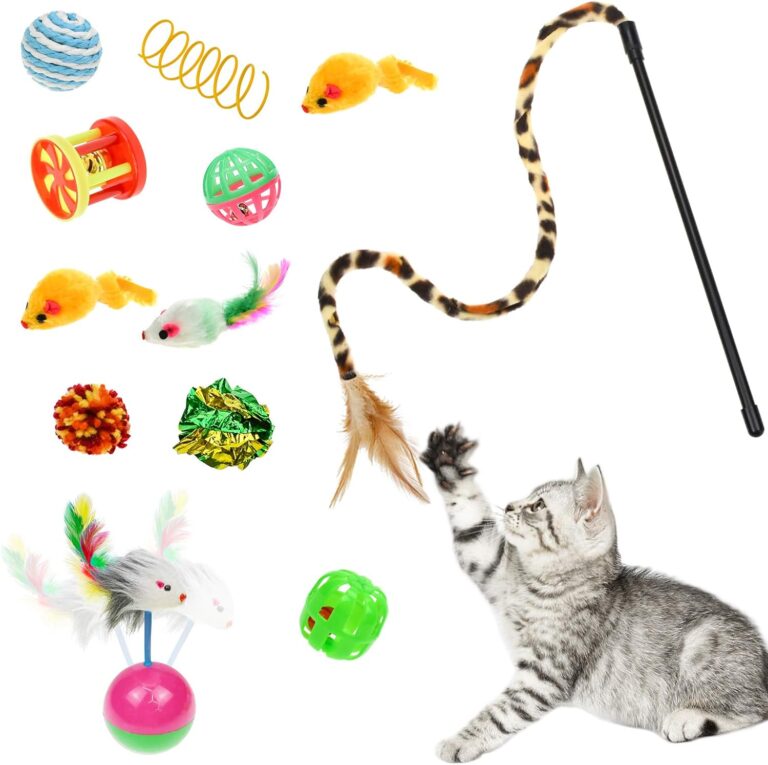How To Keep Ants Away From Cat Food
Imagine this scenario: you’ve just placed a fresh bowl of cat food for your furry feline friend, only to find that a parade of ants has already made their way to the feast. Frustrating, isn’t it? Well, fret no more! This article will reveal simple yet effective strategies to keep those pesky ants away from your cat’s food, ensuring that your feline companion can enjoy their meal uninterrupted. So, if you’re ready to bid farewell to those unwelcome guests and create a peaceful dining experience for your cat, read on!
Choosing the Right Cat Food Container
When it comes to keeping ants away from your cat’s food, choosing the right food container is crucial. Sealed containers are an excellent option as they prevent ants from accessing the food. These containers are designed to lock in the freshness of the food while keeping pests out. Look for containers with tight-fitting lids to ensure ants cannot penetrate the seal.
Another option to consider is elevated feeders. These raised platforms not only provide a comfortable dining experience for your cat but also create a physical barrier that ants find difficult to navigate. By elevating the food bowls, you make it harder for ants to reach the food, keeping it safe and ant-free.
Ant-proof containers are specifically designed to keep pests at bay. They feature innovative designs such as built-in moats or sealed compartments, preventing ants from getting to the food. Investing in an ant-proof container ensures that your cat’s meals are protected from any unwanted visitors.
Cleaning and Maintaining the Feeding Area
Regular cleaning is essential to ensure that ants are discouraged from lingering around the feeding area. By keeping the area clean, you eliminate any residual food particles that may attract ants. Make it a routine to clean the feeding area at least once a day to maintain a pest-free environment.
Removing food residue is crucial in deterring ants. After your cat has finished eating, promptly remove any leftover food to remove the temptation for ants. Scraping off any remaining food from bowls and wiping away any spills or food remnants will help eliminate any scent trails that may attract ants.
Wiping surfaces around the feeding area also plays a significant role in keeping ants away. Wipe down countertops, cabinets, and any other surfaces close to the feeding area regularly. This practice eliminates any food crumbs or spills that may have landed there, preventing ants from being attracted to the area.
Cleaning your cat’s food bowls regularly is essential for maintaining a hygienic feeding area and discouraging ants. Wash the bowls with warm, soapy water after each meal to remove any remaining food particles or residue. Thoroughly drying the bowls before refilling them will prevent ants from being drawn to any moisture left behind.
Preventing spills is another effective way to deter ants from the feeding area. Use a mat or tray underneath the food and water bowls to catch any spills or crumbs. This will make it easier to clean up and reduce the chances of attracting ants to the area.

Creating a Physical Barrier
Creating a physical barrier around the cat’s food area can help prevent ants from reaching the food. Double-sided tape can be applied to the legs of the feeding station to create a sticky deterrent for ants. When ants come into contact with the tape, they get stuck, preventing them from reaching the food.
Petroleum jelly can also be used to create a barrier. Apply a thin layer of petroleum jelly on the legs of the feeding station or around any entry points for ants. The slick texture of the jelly makes it difficult for ants to climb up and reach the food.
Chalk or baby powder can be used as a natural ant repellent. Simply draw a line of chalk or sprinkle baby powder around the feeding area, creating a barrier that ants are unlikely to cross. The substances interfere with the ants’ ability to navigate, deterring them from approaching the food.
Diatomaceous earth is a fine powder made from fossilized algae. Sprinkle a thin layer of diatomaceous earth around the feeding area to create a barrier that ants cannot cross. The powder acts as a desiccant and absorbs the ants’ exoskeleton, causing them to dehydrate and die.
Cinnamon or citrus scents are known to repel ants. Sprinkle cinnamon powder or place citrus peels around the feeding area to create a strong scent barrier that ants find unpleasant. The aromatic scents help to keep ants at bay, ensuring that your cat’s food remains ant-free.
Using Natural Ant Repellents
Using natural ant repellents is a safe and effective way to keep ants away from your cat’s food. Vinegar is a great option as ants dislike the strong scent. Mix equal parts of water and vinegar and use this solution to wipe down the feeding area, bowls, and any nearby surfaces. The smell of vinegar will deter ants from entering the area.
Peppermint oil is another natural repellent that ants find overwhelming. Dilute a few drops of peppermint oil in water and spray the solution around the feeding area. Additionally, you can apply it to cotton balls and place them strategically near entry points or around the food area to repel ants.
Lemon juice can also be used to deter ants from approaching your cat’s food. Squeeze fresh lemon juice around the feeding area or mix it with water to create a repellent spray. The acidic nature of lemon juice repels ants and keeps the feeding area ant-free.
Placing cucumber peels near the food area can help keep ants at bay. The smell of cucumbers is unpleasant to ants, and they will avoid areas where cucumber peels are present. Change the peels regularly to ensure they remain effective in deterring ants.
Coffee grounds are not only a great way to start your day but also a natural ant repellent. Sprinkle coffee grounds around the feeding area to create a barrier that ants will avoid. The strong scent of coffee masks the scent trails that ants leave behind, preventing them from finding their way to the food.
Planting Ant-Repelling Herbs and Flowers
Planting ant-repelling herbs and flowers in your garden can help create a natural barrier against ants. Lavender is known for its strong scent, which ants find repulsive. Planting lavender near your cat’s feeding area or along pathways leading to the food can help deter ants from approaching.
Mint is another herb that has excellent ant-repelling properties. The strong aroma of mint works as a natural deterrent for ants. Planting mint near the feeding area or using crushed mint leaves to create a perimeter around the food can help keep ants away.
Rosemary is not only a flavorful herb but also a natural ant repellent. Planting rosemary near the feeding area or using fresh rosemary sprigs around the food can deter ants from approaching. The strong scent of rosemary acts as a barrier, keeping ants at a distance.
Basil is not only a delicious addition to your culinary creations but also a natural ant repellent. Planting basil near the cat’s feeding area or using fresh basil leaves near the food can help deter ants. The strong scent of basil acts as a natural deterrent, ensuring that ants stay away.
Marigold flowers possess natural ant-repelling properties and can help keep ants out of your cat’s feeding area. Plant marigolds near the food station or use dried marigold petals as a barrier around the food. The strong scent of marigolds acts as a deterrent for ants, keeping them away from the food.
Avoiding Leaving Food Out for Extended Periods
Leaving cat food out for extended periods can attract ants and other pests. Implementing scheduled feeding times for your cat can help reduce the chances of ants being attracted to the food. By having set meal times, you can ensure that any uneaten food is promptly removed, making the feeding area less enticing to ants.
Controlling portions is another effective measure to prevent ants from being attracted to your cat’s food. By providing just enough food for your cat’s mealtime, you minimize the amount of excess food that can attract ants. This practice also promotes healthier eating habits for your cat.
Discarding uneaten food is crucial in keeping ants away from the feeding area. If your cat doesn’t finish their meal, remove any remaining food and store it properly. Leaving uneaten food out for too long will not only attract ants but can also spoil the food, posing health risks for your cat.
Using automatic feeders can help eliminate the risk of leaving food out for extended periods. These feeders dispense controlled portions at scheduled times, ensuring that fresh food is always available for your cat. Automatic feeders also minimize the chances of attracting ants, as the food is only accessible during designated feeding times.
Sealing Entry Points in the House
Preventing ants from entering the house is essential in maintaining an ant-free feeding area. Caulking any cracks and gaps in walls, floors, or around windows and doors can help seal entry points. Ants can squeeze through the tiniest openings, so ensuring these areas are well-sealed will minimize the chances of ants invading your home.
Leaky pipes can attract ants as they are drawn to sources of moisture. Fix any leaky pipes or faucets promptly to eliminate this attraction for ants. Keeping the plumbing in good condition will help maintain an ant-free environment for your cat’s feeding area.
Screening windows and doors can act as a physical barrier, preventing ants from entering your home. Install screens on windows and doors to keep ants out while still allowing fresh air to circulate. This barrier will help protect the feeding area from being invaded by ants.
Closing gaps around cables and wiring can also help minimize ant access to your home. Ants can use these gaps as entry points, making their way into your house and potentially reaching the feeding area. By sealing these gaps, you create an additional barrier that ants cannot penetrate.
Removing Ant Trails
Identifying ant trails is essential in effectively getting rid of ants around your cat’s feeding area. Follow the line of ants to locate their entry point and understand their path. By identifying their trails, you can focus your efforts on targeting those specific areas.
Cleaning with vinegar is an effective way to remove ant trails and destroy their scent trails. Mix equal parts of water and vinegar and use this solution to wipe down surfaces along the ant trail. The vinegar will neutralize the scent trails, making it harder for ants to find their way back.
Using soapy water to clean surfaces along ant trails can also disrupt their scent trails. Mix a few drops of dish soap with water and use this solution to clean the trails. The soap will break down the pheromone trails, making it challenging for ants to navigate and return to the food area.
Applying a borax solution along ant trails can help eliminate the ants at the source. Mix equal parts of borax and water and apply the solution along the trail. The borax is toxic to ants, and they will carry it back to the colony, effectively exterminating them.
Scattering cinnamon or pepper along ant trails can help deter ants and disrupt their scent trails. The strong scents of these spices overwhelm ants, making it difficult for them to navigate and communicate with each other. Sprinkle cinnamon or black pepper along the trails to discourage ants from returning.
Seeking Professional Pest Control
In severe cases where ant infestations are persistent or extensive, seeking professional pest control is advisable. Pest control companies specialize in effectively eliminating ants and other pests from your home. They have the expertise and knowledge to identify the source of the infestation and provide targeted solutions to eradicate the problem.
Professional extermination methods may include the use of baits, sprays, or even fumigation, depending on the severity of the infestation. Pest control professionals can assess the situation and recommend the most suitable treatment to ensure a pest-free environment for your cat’s feeding area.
Considering Alternative Feeding Locations
If you find that ants continue to be a persistent problem in your home, considering alternative feeding locations for your cat may be necessary. Outdoor feeding stations can be set up in a designated area away from the house to minimize ant access. This way, ants are less likely to find their way to the cat’s food.
Enclosed feeding areas, such as a designated room or screened-off area, can also help create a barrier against ants. By confining the feeding area to a specific space, you can better control the environment and make it more challenging for ants to reach the food.
Raised platforms are another option to consider. By elevating the feeding area, you create a physical barrier that ants find difficult to overcome. Raised platforms also help to keep the food area clean and prevent spills, further deterring ants from being attracted to the food.
In conclusion, keeping ants away from your cat’s food is essential in maintaining a hygienic and pest-free feeding area. By choosing the right cat food container, cleaning and maintaining the feeding area regularly, creating physical barriers, using natural ant repellents, and implementing preventive measures, you can effectively ensure that ants stay away from your cat’s food. However, in severe cases, it may be necessary to seek professional pest control assistance or consider alternative feeding locations to maintain an ant-free environment for your beloved feline friend.









